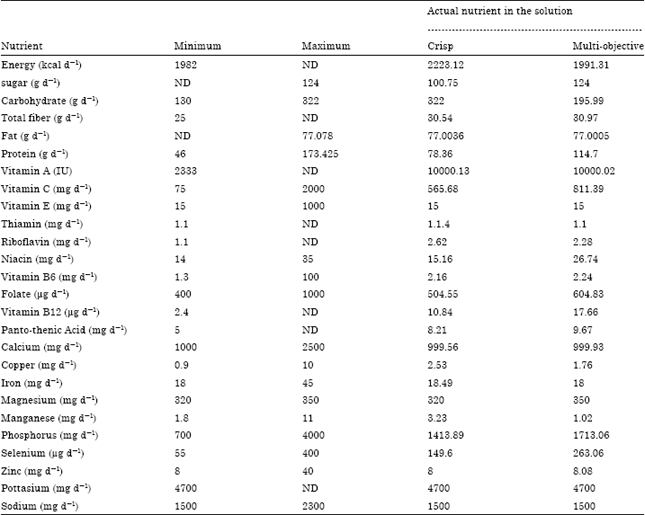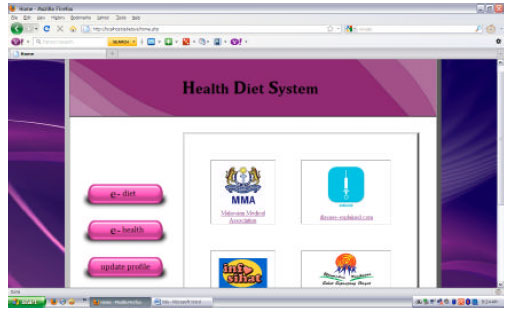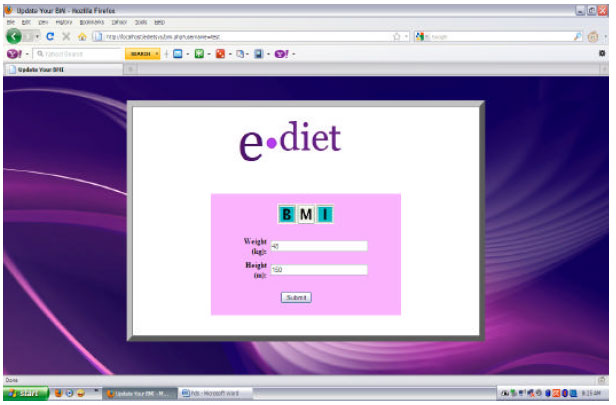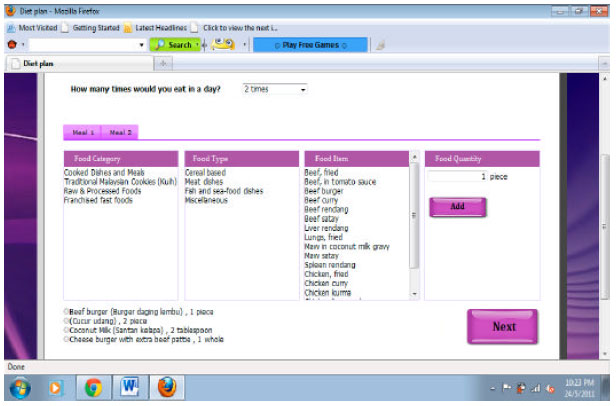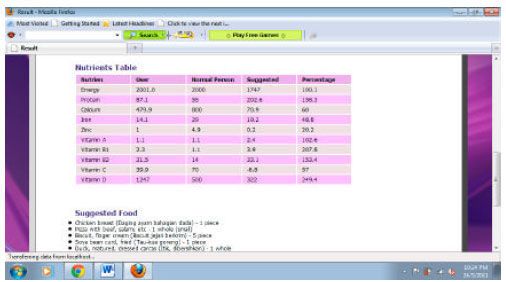Research Article
Diet Problem and Nutrient Requirement using Fuzzy Linear Programming Approach
Department of Mathematics, Faculty of Science and Technology, University Malaysia Terengganu (UMT), Malaysia
Siti Kamila Deraman
Department of Mathematics, Faculty of Science and Technology, University Malaysia Terengganu (UMT), Malaysia
Noor Maizura Mohamad Noor
Department of Computer Science, Faculty of Science and Technology, Universiti Malaysia Terengganu (UMT), Malaysia
Yeni Rokhayati
Department of Mathematics, Faculty of Science and Technology, University Malaysia Terengganu (UMT), Malaysia













